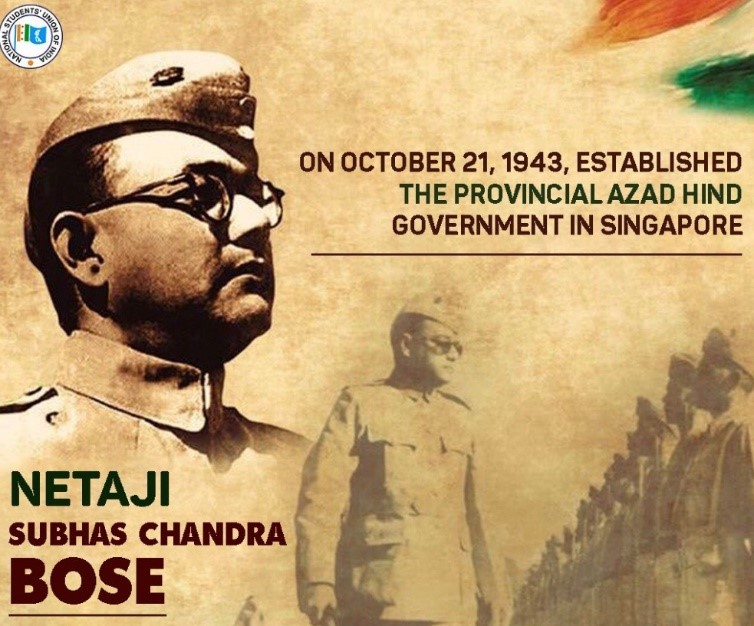Free Courses Sale ends Soon, Get It Now


Free Courses Sale ends Soon, Get It Now



Disclaimer: Copyright infringement not intended.
Context
Details
NETAJI AND THE AZAD HIND FAUJ
"It is blood alone that can pay the price of freedom. Give me blood and I will give you freedom" - Netaji Subhas Chandra Bose
Composition of the Indian National Army
Formation of Azad Hind Fauj
Advancing against the British forces
Impact of Azad Hind Fauj on India's Freedom Struggle
Conclusion
|
PRACTICE QUESTION Q. Examine the impact of the Azad Hind Fauj on India's freedom struggle. Discuss the significance of Subhas Chandra Bose's leadership, the contributions of the Indian National Army (INA), and the socio-political implications of their activities during World War II. |
© 2024 iasgyan. All right reserved